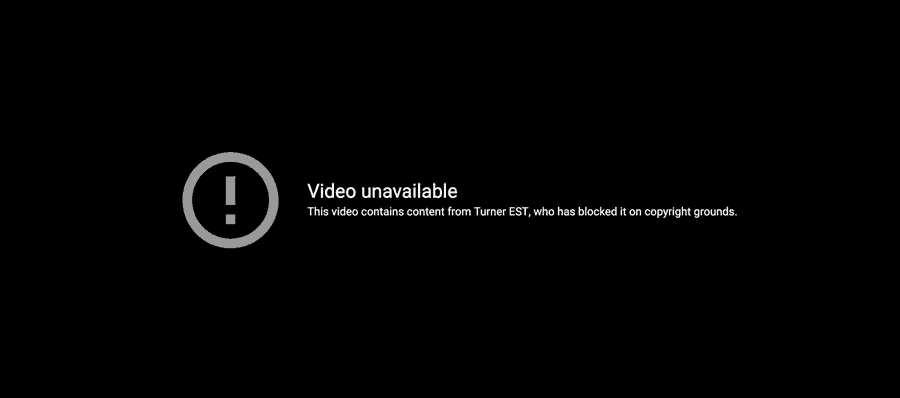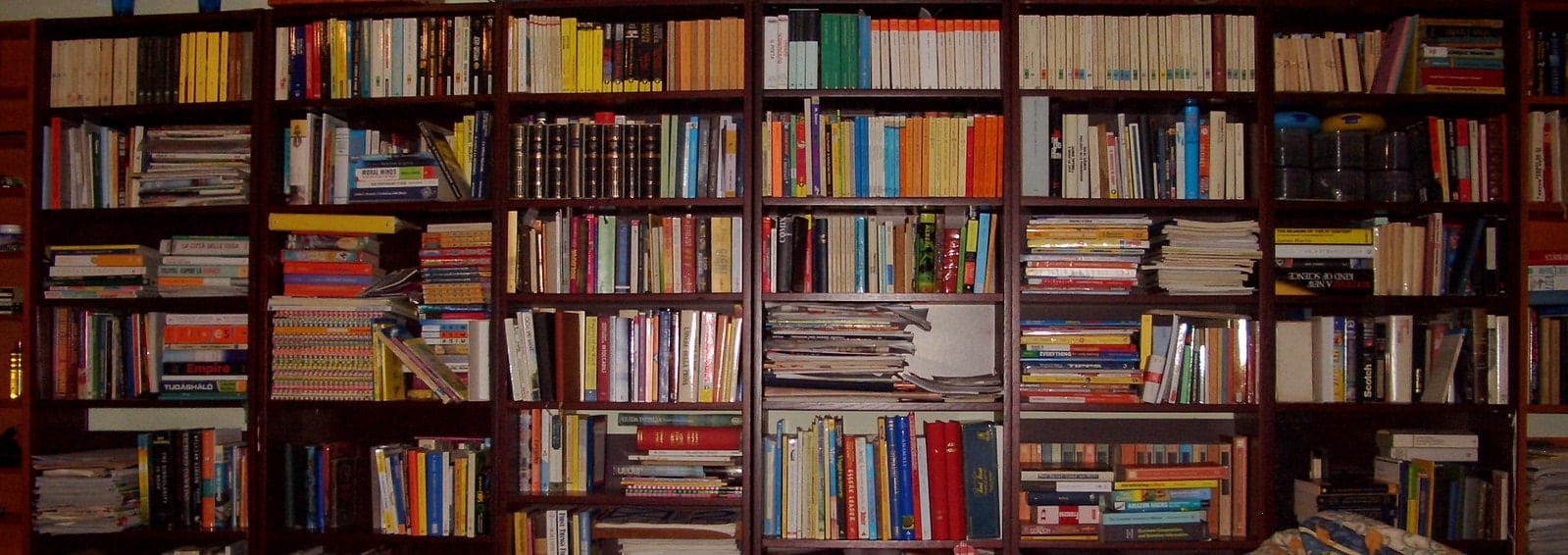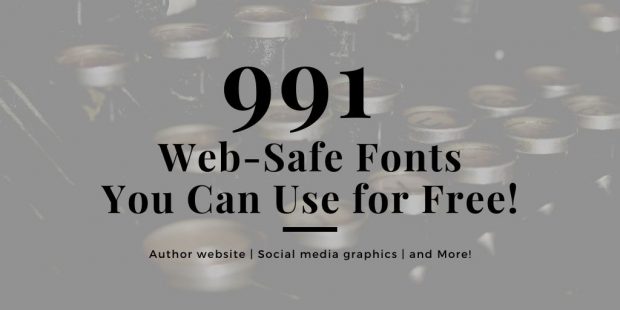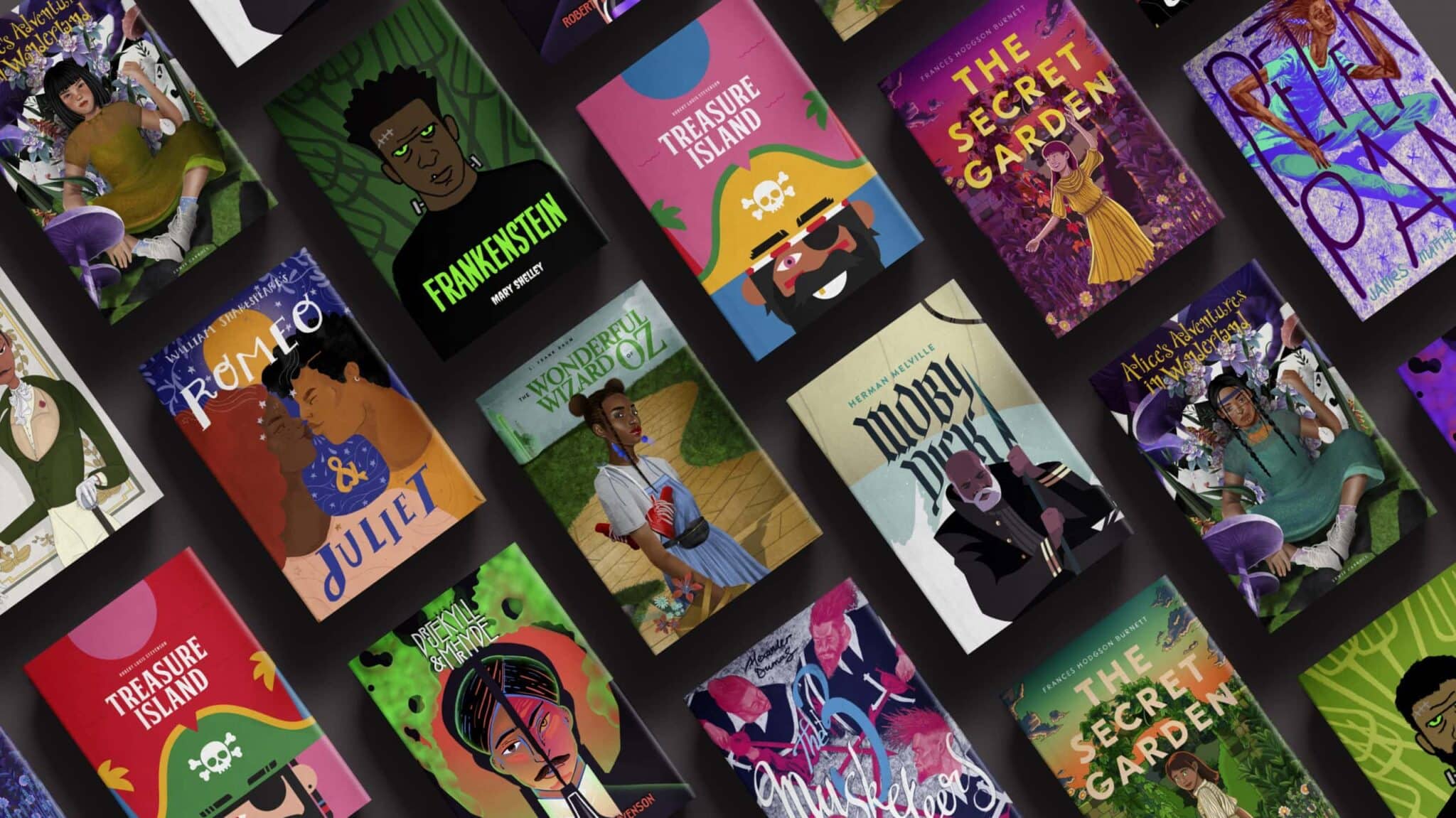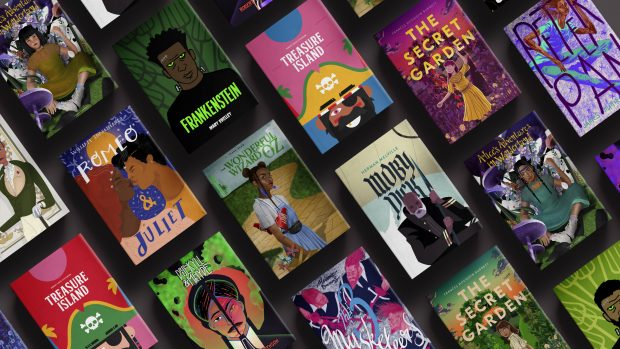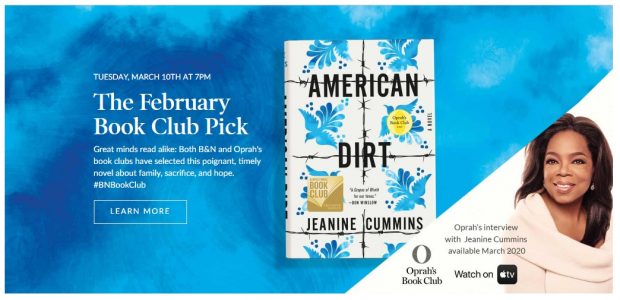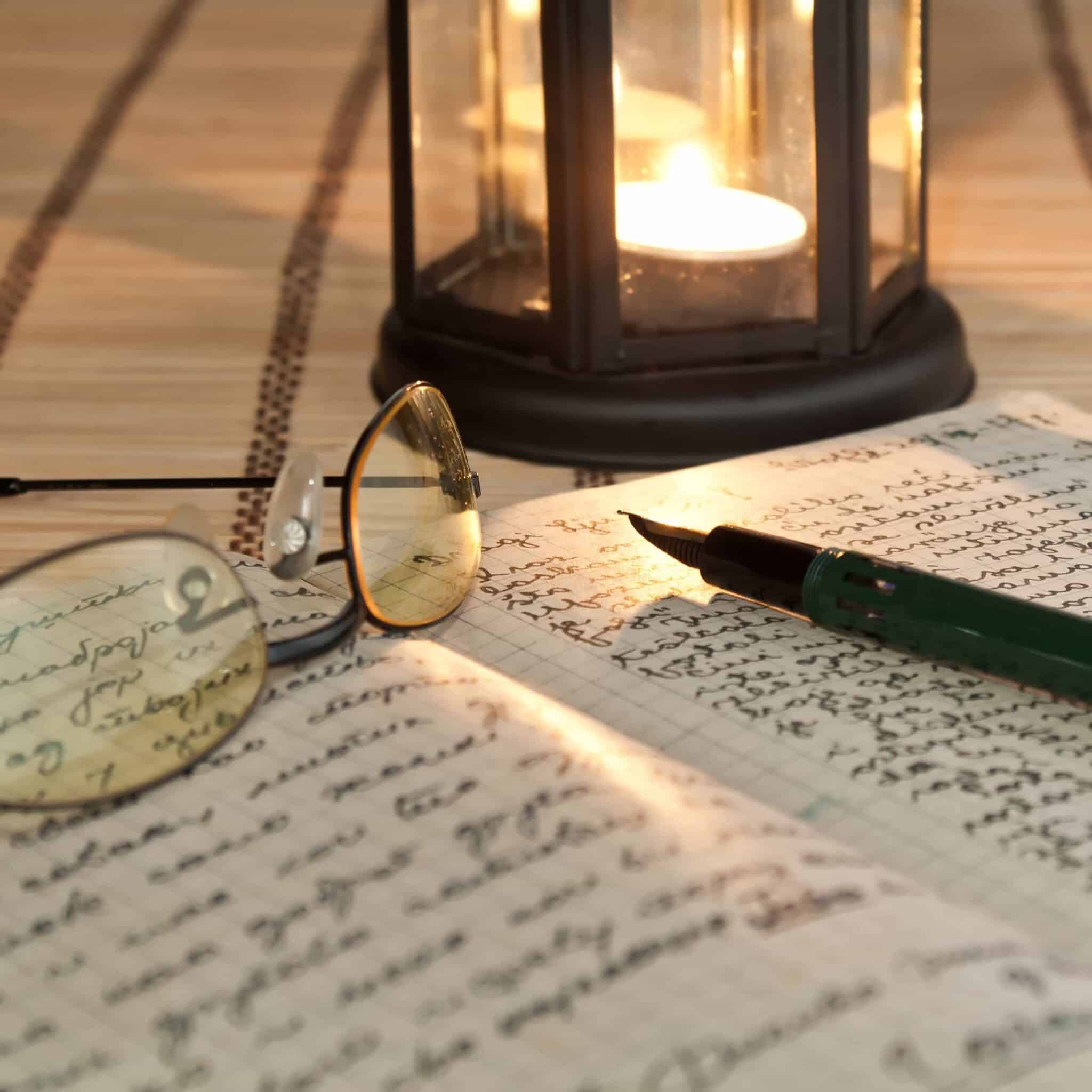You can say thank you on many occasions. Choosing the right words is not always easy. We’ve picked out some good tips and many examples of thank you quotes and phrases so that you too can find the right words for any kind of thank you.
Your search for project ara got 253 results
Many people are plagued by a seemingly endless list of tasks in everyday life. The only remedy is good time management. We show you methods for more efficient time management and tips on avoiding time wasters.
How happy you are depends only to a limited extent on external circumstances. Your thinking is much more important. With our tips, you can learn about optimism and how to become happier overall.
More self-confidence, that’s something many people would like to have. If you’re unsure of yourself, it may seem like you can never become more confident. But the good news is: it’s something that can be learnt! We’ll show you how.
Almost all of us know someone whose behavior makes us want to avoid them. In this article, you’ll learn how to recognize toxic people and how best to deal with them.
Private and professional success is closely related to skillful self-management. Motivation, goal-setting and organization are just a few of the aspects involved. Read on to find out why self-management is so important and discover the most effective tips and methods for more success in both your professional and private life.
It is a truth universally acknowledged that large automated content filters do not function well at all, and the only thing keeping such a system from screwing up is constant human supervision.
Alas, no one was paying attention to Youtube’s ContentID copyright bot yesterday until after it shut down a couple officially sponsored livestreams from San Diego Comic-con. The first to get the boot was a Star Trek panel, and then a couple hours later Cartoon Network’s panel was also cut off.
Here’s why this is newsworthy: Both of these panels were blocked by Youtube the networks were streaming content that belonged to the networks.
From Ars:
ViacomCBS kicked things off today with an hour-long panel showing off its slew of current and upcoming Star Trek projects: Discovery, Picard, Lower Decks, and Strange New Worlds.
The panel included the cast and producers of Discovery doing a read-through of the first act of the season 2 finale, "Such Sweet Sorrow, Part 2." The "enhanced" read-through included sound effects, effects shots, and storyboard images meant to bolster the actors as they delivered lines from their living rooms and home offices.
Even if the presentation didn’t look like a real episode of Discovery to the home viewer, it apparently sounded close enough: after the Star Trek Universe virtual panel began viewers began to lose access to the stream. In place of the video, YouTube displayed a content ID warning reading: "Video unavailable: This video contains content from CBS CID, who has blocked it on copyright grounds."
After being blacked out for about 20 minutes, the panel was restored, and the recording of the virtual panel has no gaps in playback
This is not the first time that livestreams have been blocked when they were legally using content; I am reminded of the Worldcon awards dinner livestream that was shut down because someone played a Doctor Who clip. The video had been provided by the BBC (the show had won an award that year) but apparently no one told Ustream’s bot.
The Hugo Awards were being streamed live on video site Ustream when, at 10:43 p.m. ET, the feed went dark during an acceptance speech by fantasy writer Neil Gaiman.The reason? Ustream says automated software designed to detect the unauthorized posting of copyrighted material was triggered when, before Gaiman’s speech, the ceremony showed clips of "The Doctor’s Wife," an episode of the popular sci-fi series "Doctor Who," that Gaiman penned.Instead of Gaiman, text reading "Worldcon banned due to copyright infringement" appeared.
That was eight years ago. Apparently the tech has not gotten better in the past 8 years, nor have the people running the software gotten better at their jobs.
If you are looking for something new to read, Amazon just announced its list of the best books of 2020.
- The Girl with the Louding Voice: A Novel by Abi Daré: In this rousing tale of courage and pluck, a 14-year-old Nigerian girl is sold into servitude by her father when her mother—a proponent of education—passes away. You will root for Adunni as she endeavors to escape her sorry—and often harrowing—lot, and applaud the kind strangers who buoy her efforts and her spirits.
- Hidden Valley Road: Inside the Mind of an American Family by Robert Kolker: Hidden Valley Road is a heartbreaking, expertly told story of an all-American family, the Galvins, six of whom were diagnosed with schizophrenia while still teenagers. Relying on exhaustive research, Kolker weaves together cultural, medical, and family history to show the ravages of mental illness on the six Galvin boys, on their parents, and, perhaps most movingly, on their other six siblings.
- The Ballad of Songbirds and Snakes: A Hunger Games Novel by Suzanne Collins: The 10th anniversary of the Hunger Games is beginning, and 18-year-old Coriolanus Snow—President Snow, when we met him decades later in The Hunger Games—has an important role to play. Nearly impossible to put down, The Ballad of Songbirds and Snakes is an exciting and thought-provoking novel that goes outside the arena to ask interesting questions about human nature and ambition.
- Deacon King Kong: A Novel by James McBride: Set in the 1960s, this propulsive and darkly comic neighborhood epic features a cast of characters that are beguiling, boozed-filled, and larger than life. National Book Award-winner McBride weaves a fictional story of one Brooklyn project, but in doing so tells a broader tale of race and religion, getting by and getting out, and how grudges and alliances become embedded in the foundations of our lives.
- Pretty Things: A Novel by Janelle Brown: When a second-generation grifter, Nina, and her shady boyfriend move to Lake Tahoe, they collide with a woman from Nina’s past, heiress Vanessa Liebling. Behind a glittering façade of old money and fast living, a darker story of social climbing, social media, revenge, and betrayal starts to take menacing shape.
- Writers & Lovers: A Novel by Lily King: Writers & Lovers is about the uncertainty of relationships, and of pursuing the creative life, in a world that values success and stability. Life is not waiting for Casey to fulfill her dream of being a novelist, so she works as a waitress and she dates, and she tries to figure it out as she goes. Love and art require frequent, often imperceptible, leaps of faith—and this book captures that perfectly.
- Sigh, Gone: A Misfit’s Memoir of Great Books, Punk Rock, and the Fight to Fit In by Phuc Tran: Sigh, Gone is one of the funniest and most profound memoirs of the year so far. Without rose-colored glasses and with a flair for humor, Tran recounts his childhood as a Vietnamese kid growing up in a small Pennsylvania town: the racism, dislocation, and violence that surrounded him, how he fought to fit in, and how he fell in love with literature.
- The City We Became: A Novel by N. K. Jemisin: Five strangers unexpectedly become the living embodiments of New York City’s boroughs and must battle an evil entity that threatens the city. Jemisin infuses this live-wire love letter to the city’s diverse denizens with reality-ripping storytelling.
- Oona Out of Order: A Novel by Margarita Montimore: Oona Lockhart is celebrating New Year’s Eve 1982 and the eve of her 19th birthday, but at midnight she passes out and wakes up as a 19-year-old trapped in the body of a 51-year-old. Thus begins Oona living life out of order. Although Oona Out of Order could be a fun romp through the adage “youth is wasted on the young” (and it is), it’s also a deeper look at destiny, love, and family.
- The Mercies: A Novel by Kiran Millwood Hargrave: There isn’t much that is not unforgiving when it comes to the far-flung and frigid town of Vardø, Norway, including the sea that surrounds it, which swallows the majority of its male population in an epic storm while they’re fishing. Accusations of witchcraft quickly infect this grieving but resourceful community, threatening what hard-won normalcy they’ve regained. The Mercies is infuriating, baleful, but full of stubborn hope.
image by david.orban via Flickr
Like book covers, choosing the right font for your website or your social media graphic can send a message and elicit an emotional response (this makes it more likely to be noticed, and re-shared!). Also, if you are careful when choosing the font for the site title or author name, you can give visitors subtle clues about the genre.
At the same time, you probably want the font to be free to use under a Creative Commons license. I am fine with paying for font licenses, but I also use Canva to make most of my web graphics, and they charge you for premium fonts or to upload your own fonts. Also, one downside of using a paid font on your site is that most people won’t have a license and can’t see the cool fontwork.
This is why the 300+ cool fonts identified by Derek Murphy aren’t really that useful to me. Yes, they are cool, but I can’t use most of them for web design work or in blog and social media graphics, so they don’t do me much good.
Luckily I have another source. I am in the middle of designing a horror author website at the moment, and this morning I was pulling together a list of font choices to offer my client when I decided to take a couple minutes and tip you to my source and the fonts I am thinking about using.
Have you heard about Google Fonts? This is a project Google started many years ago with the laudable goal of making the web more beautiful by giving web designers more font options. The Google Fonts catalog currently consists of 991 fonts, all of which are free to use, and in fact many website building tools such as Divi and Elementor already have the fonts built in (you just have to know where to look).
I am still looking for fonts to use on the website for a horror author, but I did find a few worth sharing.
Aladin, Aclonica, Lobster Two, or Almendra would make great fonts for the title of a fantasy author’s website, or for fantasy themed social media graphic. UnifrakturCook, Stoke, Piedra, Indie Flower, or Butcherman are fonts that just scream horror. And then there are fonts like Trade Wind that could work for either horror or fantasy.
And if you want an SF-themed font, Orbitron, Press Start 2P, Quantico, Unica One, Audiowide, or Julius Sans One are worth a look. (These fonts could also work for thriller.) And if you want romance, there are any number of script or handwriting fonts to choose from.
With 991 fonts to choose from, there are so many options that I bet I missed at least half of them. I plan to go back and build lists of genre-appropriate fonts, but for now I just wanted to bring this to your attention (also, I am hoping you might point out the fonts I missed).
One small caveat: I can’t guarantee that the tool you like to use will support these fonts. Canva, to name one example, only supports some Google Fonts, but not others. One possible way around this would be to find another free graphic design tool that lets you import fonts, and keep that other tool as a backup (MSPaint, for example).
When you do look for a font to use, and you find one you like, be sure to also check out the fonts that Google recommends as pairs for your chosen font. Some of the pair choices are generic, but others really work as complimentary font pairs.
Speaking of which, have you found a font you like?
About six weeks back I announced that I was developing the website template for a book fair. I have been working on this project on and off since then, and I think it’s ready to be shared with the world.
The ZIP file contains eleven screenshots and a couple JSON files. If you have a site running Divi, you can import the JSON files into the Divi Library and then use the page templates from that JSON file to build new pages on your site.
The page templates can be used to build either a conference or a book fair, something in between, or some other event entirely. The pages will look rather bland, but that is okay because my intent was to give you something to build on.
I’d love to know what you think!
image by ActuaLitté via Flickr
Barnes & Noble managed to find just the laziest but also the most tactless way to "celebrate" Black History Month. They have partnered with Penguin Random House in "a new initiative to champion diversity in literature", but rather than actually publishing the works of the works of diverse authors, B&N and PRH thought it would be a good idea to slap brown faces on novels by white authors.
They have selected twelve "classic" public domain works and gave each one "five culturally diverse custom covers designed to ensure the recognition, representation, and inclusion of various multi-ethnic backgrounds reflected across the country".
Update: B&N canceled the project Wednesday morning.
Edit: I am being faulted on Twitter for blaming B&N when this project was actually the brainchild of a famous ad agency. Okay, fine, it was B&N’s contractor, and B&N’s involvement was only the six or seven meetings at B&N corporate where this project was discussed and approved. (That’s not a huge difference in my mind.)
The books in question are:
- Alice in Wonderland
- Romeo and Juliet
- Three Musketeers
- Moby Dick
- The Secret Garden
- The Count of Monte Cristo
- Dr. Jekyll and Mr. Hyde
- Emma
- The Wizard of Oz
- Peter Pan
- Treasure Island
- Frankenstein
The astute reader will note that eight of the books are by British authors, and two are by Americans. And while the list includes two novels by a black author, I am sure this was an accident (they probably didn’t realize Dumas was a black Frenchman). You will also note that this list includes a work by Shakespeare, just not the one starring a black character.
There are also several titles on this list with problematic content, including Peter Pan and The Secret Garden, where the main character is explicitly racist. (This last issue could be dealt with by bowdlerizing the book, but even so why would you bother to do so when you could just choose a work by a black author?) Edit: There’s also the hints of antisemitism in Jekyll & Hyde.
And then there are the covers. I don’t know which is worse, the Dr. Jekyll and Mr. Hyde cover where Hyde is depicted as Asian wearing a turban, or the cover of Frankenstein, where Frankenstein’s creation is portrayed as black (in the book, this creature is pursued by pitchfork-wielding and torch-bearing villagers).
I will let you decide which is worse, but I plan to hold back. There are sixty covers, so I am expecting that the worst is yet to come.
Barnes & Noble will be unveiling all 60 covers at an event Wednesday night in NYC (RSVP here). We are also supposed to be able to download the covers from B&N’s website, and I would go look for them, but I just can’t get past the banner on B&N’s home page touting B&N’s book club pick for February.
It is the racist, plagiarized Macmillan novel American Dirt.
Folks, what Barnes & Noble did here was no more and no less than literary blackface. They republished questionable works by white authors when it would have been so easy to find actually diverse authors to promote.
It took me less than 5 minutes of searching Wikipedia to find the lists of American authors (Mexican, African-American, Egyptian, etc), and about 5 seconds to figure out how to identify the ones with works in the public domain.
Barnes and Noble could not be bothered to do even that tiniest of work. Instead, they blindly grabbed whatever "classic" was handy, and slapped new covers on them without putting even the slightest thought into the message they were sending.
Update: According to the promotional materials, AI was used to select the titles.
We used artificial intelligence to analyze the text of 100 of the most famous titles, searching the text to see if it omitted ethnicity of primary characters. Using speech and linguistic patterns,or natural language processors (NLP) accounted for the fact that when authors described a character, they rarely outright state their race, but often use more poetic and descriptive language.
I was originally going to simply mention this in an update, but I decided to pull it out and put it at the end after I realized what this said about the thinking behind this project. They blindly put their faith in tech to save them when they should have been aware of the principle of "garbage in, garbage out". AI is only as good as the data you feed it, and since this one wasn’t fed diverse books, there was no way that it could have picked up on problems like the racism in The Secret Garden, or the symbolism of the Frankenstein or Jekyll & Hyde covers.
And the worst part is that there were any number of people who could have pointed out the problems, had someone thought to ask.
* * *
B&N’s statement:
We acknowledge the voices who have expressed concerns about the Diverse Editions project at our Barnes & Noble Fifth Avenue store and have decided to suspend the initiative. Diverse Editions presented new covers of classic books through a series of limited-edition jackets, designed by artists hailing from different ethnicities and backgrounds. The covers are not a substitute for black voices or writers of color, whose work and voices deserve to be heard. The booksellers who championed this initiative did so convinced it would help drive engagement with these classic titles. It was a project inspired by our work with schools and was created in part to raise awareness and discussion during Black History Month, in which Barnes & Noble stores nationally will continue to highlight a wide selection of books to celebrate black history and great literature from writers of color.
Every author is asked by new writers for advice. There is, however, no all-encompassing, single answer that also happens to be correct. Quite a lot of commonly offered suggestions (“write every day”) don’t work for everyone and must be approached with caution.
A few years ago, I set out to create a list that will benefit all new writers. I put ten commandments through the wringer of my peers, who suggested modifications and noted that this list applies not just to new writers but to writers at every stage of their career. Indeed, I’ve needed reminding of more than one myself.
Here, then, are the 10½ commandments of writing – with an extra one for free.
1. Read widely
To succeed as a writer, you must occasionally read. Yet there are wannabe-novelists who haven’t picked up a book in years. There are also, more tragically, writers too busy to engage with the end-product of our craft. If the only thing you’re reading is yourself you are bound to miss out on valuable lessons.
The same applies to reading only within a favourite genre. A varied diet will strengthen your literary muscles.
2. Write
No need to thrash out 1,000 words a day or pen a perfect poem before breakfast, but you do have to write. The fundamental qualification for being a writer is putting words on the page.
If you aren’t doing that now, it’s possible you never will.
3. Follow your heart
When you really want to write literary fiction, but the market wants paranormal romance, write literary fiction. Chasing paranormal romance will be futile. Writing well is hard enough without cynicism getting in the way.
Passion doesn’t always pay, but it increases the odds of your work finding a home.
4. Be strategic
But the choice is never between just literary fiction and paranormal romance. You might have poetry and narrative non-fiction passion projects as well, and it’s possible narrative non-fiction will appeal to the widest audience. If a wider audience is what you want, narrative non-fiction is the one to choose.
If, however, you don’t give two hoots about your audience, write what you like.
There are lots of different kinds of writers and lots of different paths to becoming the writer you want to be.
5. Be brave
Writing is hard, intellectually and physically. It also takes emotional work, dealing with exposure, rejection, fear and impostor syndrome. It’s better you know this upfront, in order to fortify yourself.
These crises, however, are surmountable. We know this because there are writers out there, leading somewhat normal lives, even healthy and happy ones. You can too, if you don’t give up.
The ones who persist are the ones who prevail.
6. Be visible
Many writers would prefer they remain hidden in a dark cave for all eternity. But stories demand to be communicated, which means leaving that cave. Whether it’s you or your written word, or both, broaching the bubble of self-isolation is important.
This doesn’t mean assaulting every social platform and attending every festival and convention. Find the kind of engagement that suits you and embrace it, and don’t overdo it. Remember: you still have to write.
7. Be professional
Don’t lie. Don’t belittle your peers and don’t steal from them. Keep your promises. Communicate. Try to behave like someone people will want to work with – because we all have to do that, at some point.
8. Listen
Heed what people you’re working with are saying, because you never know what gems of knowledge you might glean – about craft, about the market, about something you’re working on – among the knowledge you (think you) already possess.
9. Don’t settle
Every story requires different skills. You’ll never, therefore, stop learning how to write. The day you think you’ve worked it out is the day the ground beneath you begins to erode, dropping you headlong into a metaphorical sinkhole – and nobody wants that. Least of all your readers.
Readers can tell when you’re getting lazy, just like they can tell when you’re faking. You’re one of them. Deep down, you’ll be the first to know.
10. Work hard
Put in the hours and you’re likely to get some return on your investment. How many hours, though?
There’s a wonderful saying: “Even a thief takes ten years to learn her trade.” Writing is no different to any other career. Hope for overnight success; plan for being like everyone else.
The bonus commandments
When I put this list to my friends, several raised the importance of finding your people. Although I agree this is an important principle, I would argue it is implicit in commandments 6-8: these have no meaning without engaging. I decided to encapsulate this as 10.5. Embrace community
After I’d been teaching and giving talks on this topic for several years, someone suggested another commandment that lies beneath the rest. It is so fundamental none will work unless you have this in spades. It is 0. Really want it, which sounds so obvious that it barely needs stating – except it does.
One day, I may no longer want to write. If that happens, I will take every mention of writing from this list and substitute the name of a new vocation – because this list applies to everything.
reposted under a CC license from The Conversation









